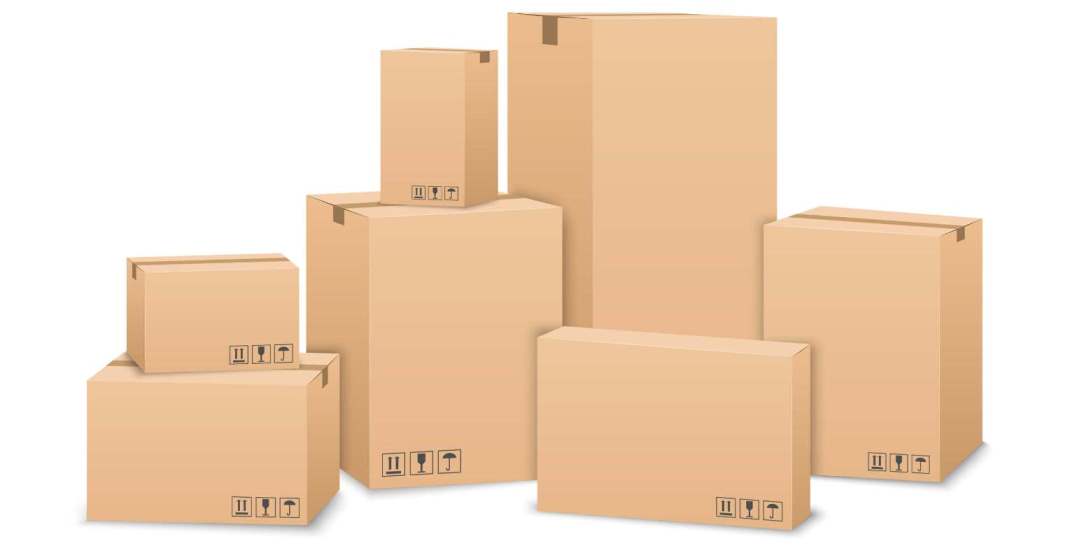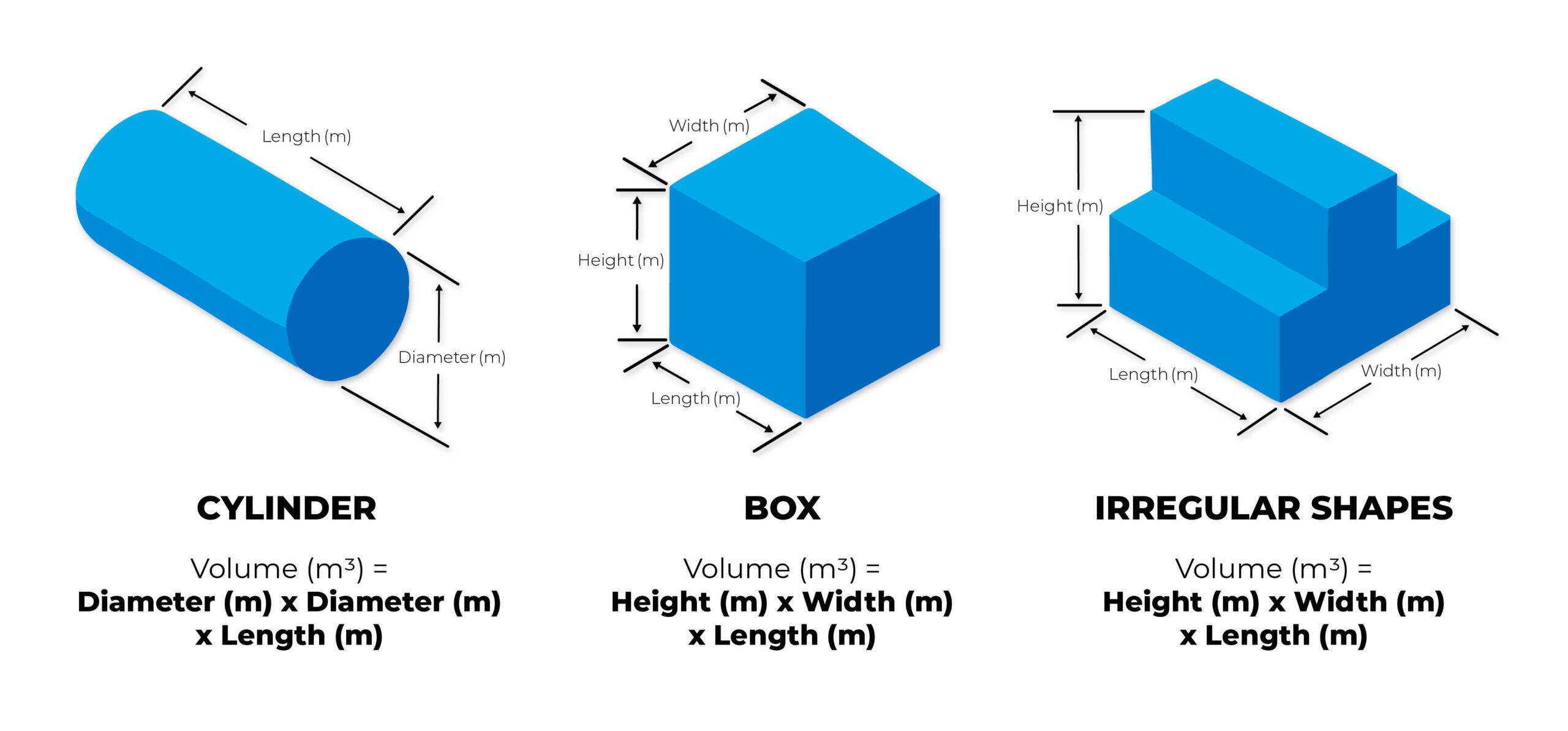To keep it simple and short, the dimensions used for sending freight across the Booth’s network is based on the greater of the actual weight or the cubic weight.
Why is cubic weight important?
It’s important you calculate this correctly to ensure your freight is both labelled correctly but also to avoid the risk of your freight being returned to you.
How do I calculate cubic dimension?
The units used to calculate cubic dimensions should be metres. The cubic conversion rate is 333kg per cubic metre, so cubic weight = H x W x L x 333.
Example Calculation
STEP 1.
Convert measurements to metres.
- Height 120cm =1.2m
- Width 80cm = 0.8m
- Length 50cm = 0.5m
STEP 2.
Multiply the height x width x length x cubic conversion (333) to get cubic weight.
Example: (H) 1.2m x (W) 0.8m x (L) 0.5m x 333 = 160kg
STEP 3.
So, if the actual weight of this freight was 90kg and the cubic weight was 160kg, the greater weight of 160kg is used to calculate the price.
Click here to download a copy of this for your own records




 Linehaul
Linehaul Metro
Metro HIAB
HIAB Warehousing & Third Party Logistics
Warehousing & Third Party Logistics
 Container Transport & Handling
Container Transport & Handling
 Import Devan & Export Unloading
Import Devan & Export Unloading
 Flat Deck
Flat Deck Specialty
Specialty